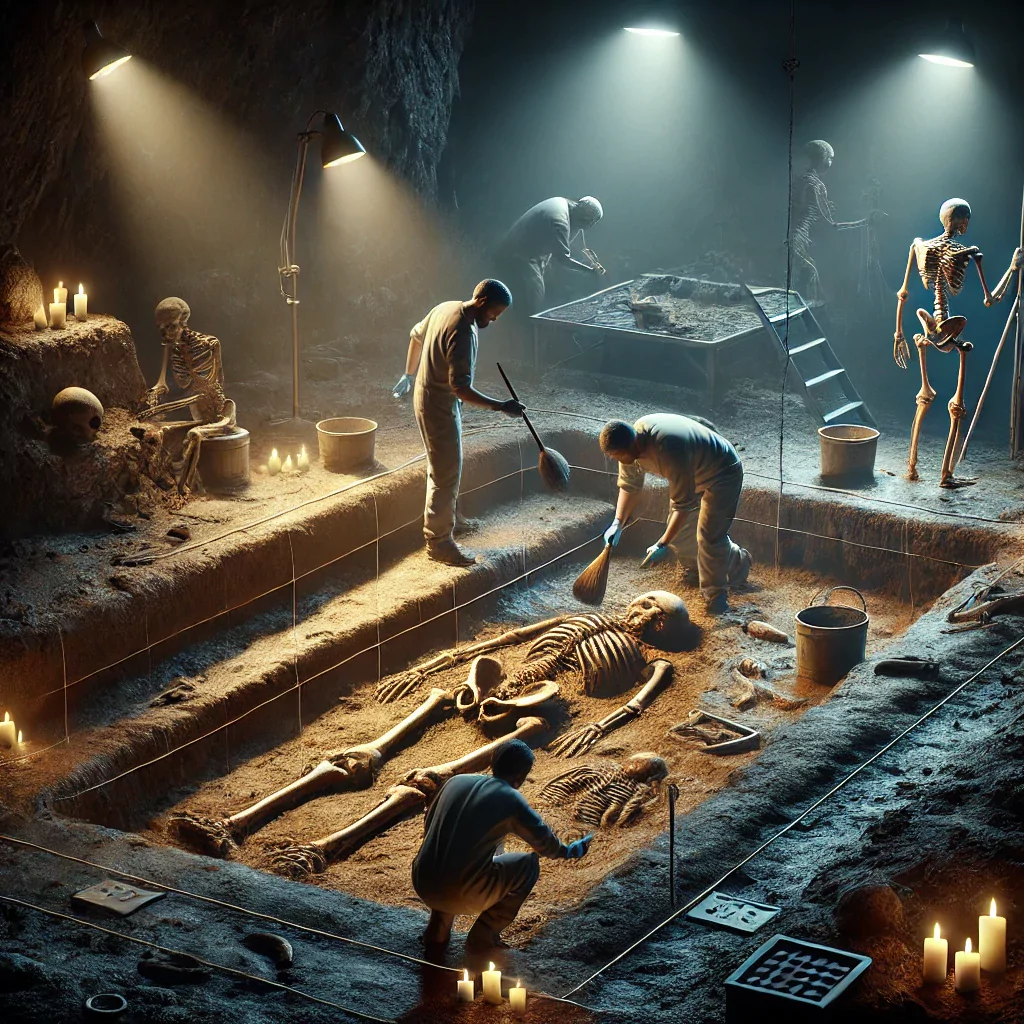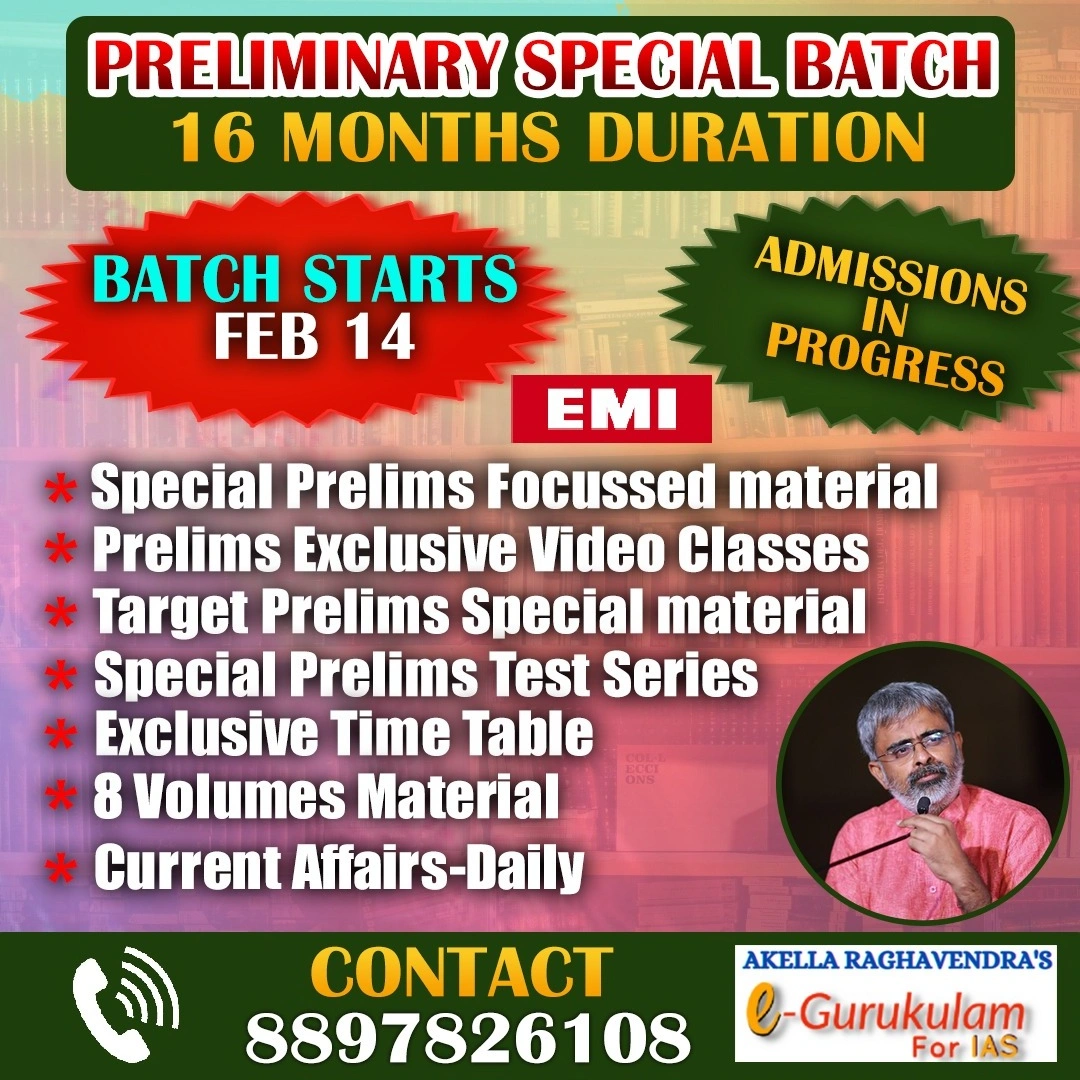Finding the Roots of Ancient India
The Government of India has initiated a comprehensive study on the population history of South Asia using ancient and modern genomics . The project is being conducted by the Anthropological Survey of India (AnSI) under the Ministry of Culture .
What is the Project?
- The Project titled "Reconstruction of the population history of South Asia using ancient and modern genomics" .
- It involves studying 300 ancient skeletal remains (mainly cranial and bone ) from various archaeological sites in India and Pakistan .
-
The Sites include:
- Indus Valley Civilisation sites (Harappa, Mohenjo-Daro - Pakistan)
- Burzahom (J&K), Nagarjunakonda (AP), Maski (Karnataka), Ropar (Punjab), Lothal (Gujarat).
- The skeletal remains were excavated between 1922 and 1958 and are currently under AnSI’s custody .
Collaborating Institutions
- Birbal Sahni Institute of Palaeosciences, Lucknow (under Department of Science & Technology ) .
Objectives of the Study
- Exploring the origins of ancient Indian communities through DNA analysis.
- Understanding ancient diets, living conditions, disease prevalence, environmental adaptations, migration, and gene pool interactions .
- Providing insights into the Aryan migration/invasion theory and the historical movement of people in South Asia .
Aryan Migration Debate
- 19th-century Aryan Invasion Theory: Proposed that fair-skinned, agrarian Aryans from Central Asia migrated to India after the Indus Valley period (2000-1500 BCE) and influenced its civilization.
- Counter-Theory: Many modern scholars argue that Aryans were indigenous and originally lived along Saraswati River before migrating elsewhere after its drying up.
Significance of the Research
- Comparing ancient DNA with modern DNA will help clarify India's migration history and origins of civilizations .
- The project is expected to be completed by December 2025 .














